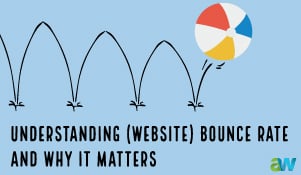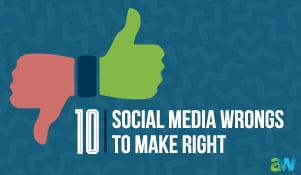Email marketing is extremely effective if you can get your messages read.In addition to the great ROI you can achieve with email marketing, the "always on" mobile consumers (with cell phones and iPads an arm's length away) are checking email more continuously than ever. A new report from email marketing provider, Movable Ink, revealed more brand emails are opened on mobile devices than desktops with 61% of email opens happening on a smartphone or tablet. People not only read email, many prefer it. According to a study by ExactTarget, 77% of consumers prefer to receive permission-based marketing communications through email. So, we've got a great tool at our disposal, but the key to success, of course, is to make sure that it's read. Here are some tips to boost your read rates this year:
Include the name of your company in the "from" field Whether your readers are using desktop email clients (like Outlook), online clients (like Hotmail or Gmail) or mobile clients, all will see the "from" field. So take advantage of the opportunity to immediately identify yourself as more than just junk mail. Instead of using "Adrienne Jandler" in the "from" field, I might use "Adrienne from Atlantic Webworks."
Customize and Localize - How well do you know your reader? No one likes generic emails, and we're all smart enough to know that email marketing tools (and list segmentation and personalization capabilities) have evolved greatly. So use the tools to personalize your emails in a way that is meaningful to the reader. What actions have they taken lately on your website? What products or services are they interested in? Have they attended recent programs, events, or seminars of yours?
Make the most of your subject lines - Convince and Convert reports that 33% of email recipients open email based on subject line alone. Subject line is often the determining factor in whether your email is judged to be relevant or spam. Therefore it is crucial that your subject line captures interest and does not deflect it. Think of crafting e-mail subject lines like writing an effective newspaper headline. A few suggestions:
- Lead with a question mark. Yes! Putting a question mark at the end of a statement forces the brain to read that statement as a question, which gets them engaged right away. When you target the question as the type of problem your readers need answers to, you will capture their attention and get it read.
- Keep it Legit. Set your subscribers’ expectations and clearly state what the email is about. Avoid using subject lines that read like ads.
- Avoid Spammy Cues. Chief among them? Using ALL CAPS or exclamation points!!! Also avoid using the word "free," which tends to land your email directly in spam filters. Other terms which do not trigger filters, but negatively impact read rates (according to MailChimp) are "Help," "Percent Off," and "Reminder."
- Short & Sweet. Keep it brief and relevant. Suggested length of the subject line is 50 characters or less. People appreciate it.
- Create a sense of urgency. Timing is everything, and creating a sense of urgency by using words like "today only," "limited time offer," "now," and "immediate access" makes a difference. We want things today not tomorrow. If readers feel that they will instantly benefit from your e-mail, they are more likely to read it. Of course, you don't want every email to take this approach, but it's great when used sparingly.
Change the positioning of the "Read In Browser" option - Most email marketing templates have an option to "View in your browser," "Open in your browser," or "Having trouble viewing this email? Click here" link at the top of the email body. This placement, while functional, will often result in being shown in the "short preview" section of mail clients. Consider repositioning the link further down the page or at the bottom so that you can take advantage of using more relevant and interesting material in your short preview.
Write compelling e-mails - Above all, if you want your emails to be read, you'll need to make sure that you are writing compelling content. Content should be interesting, engaging, and well written. Ask questions, use humor, tell an interesting story or share a startling statistic. If a reader feels he's gotten value, been informed or entertained from an e-mail you have sent, he'll be much more likely to read your next (email).








Leave a comment